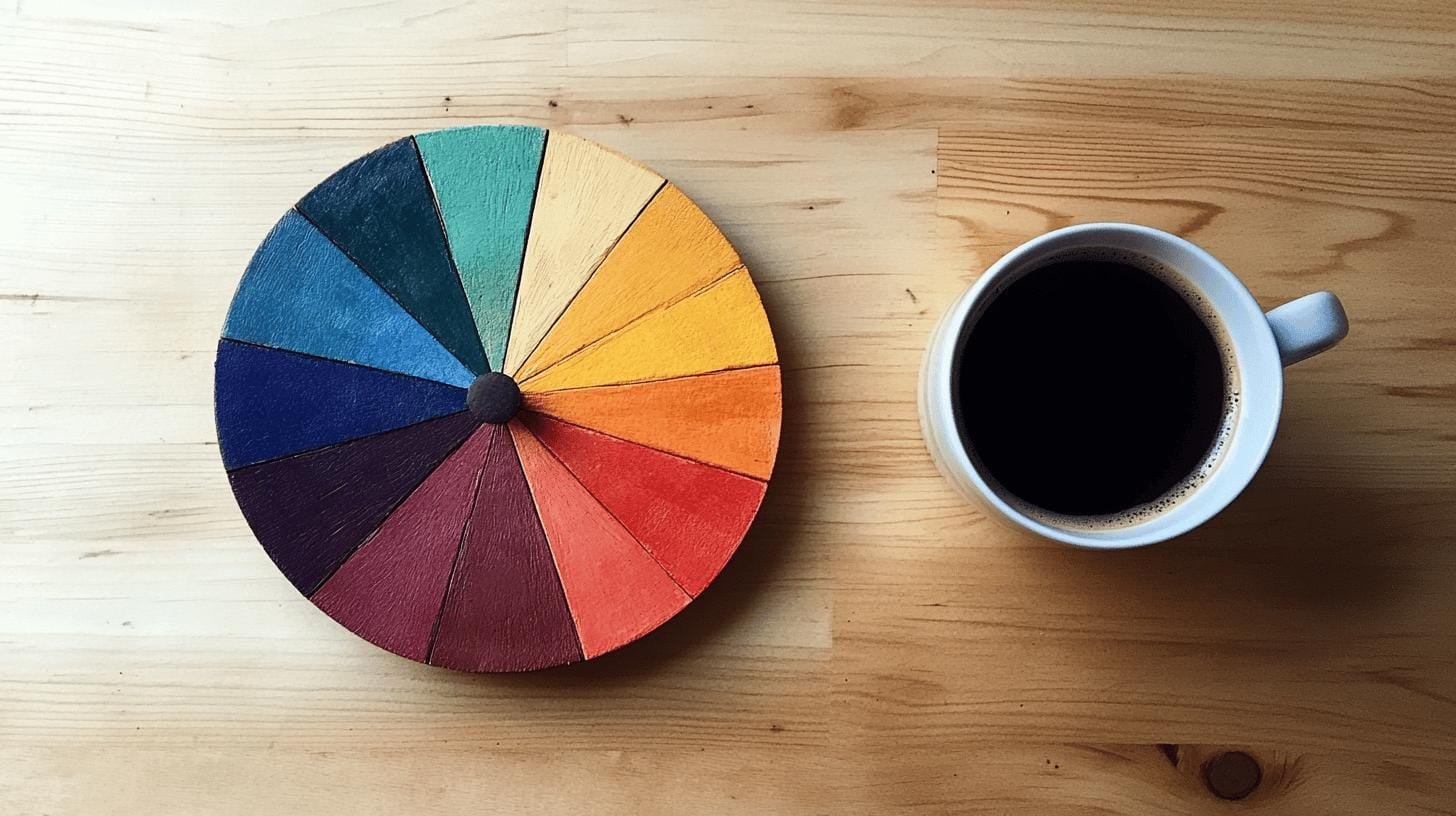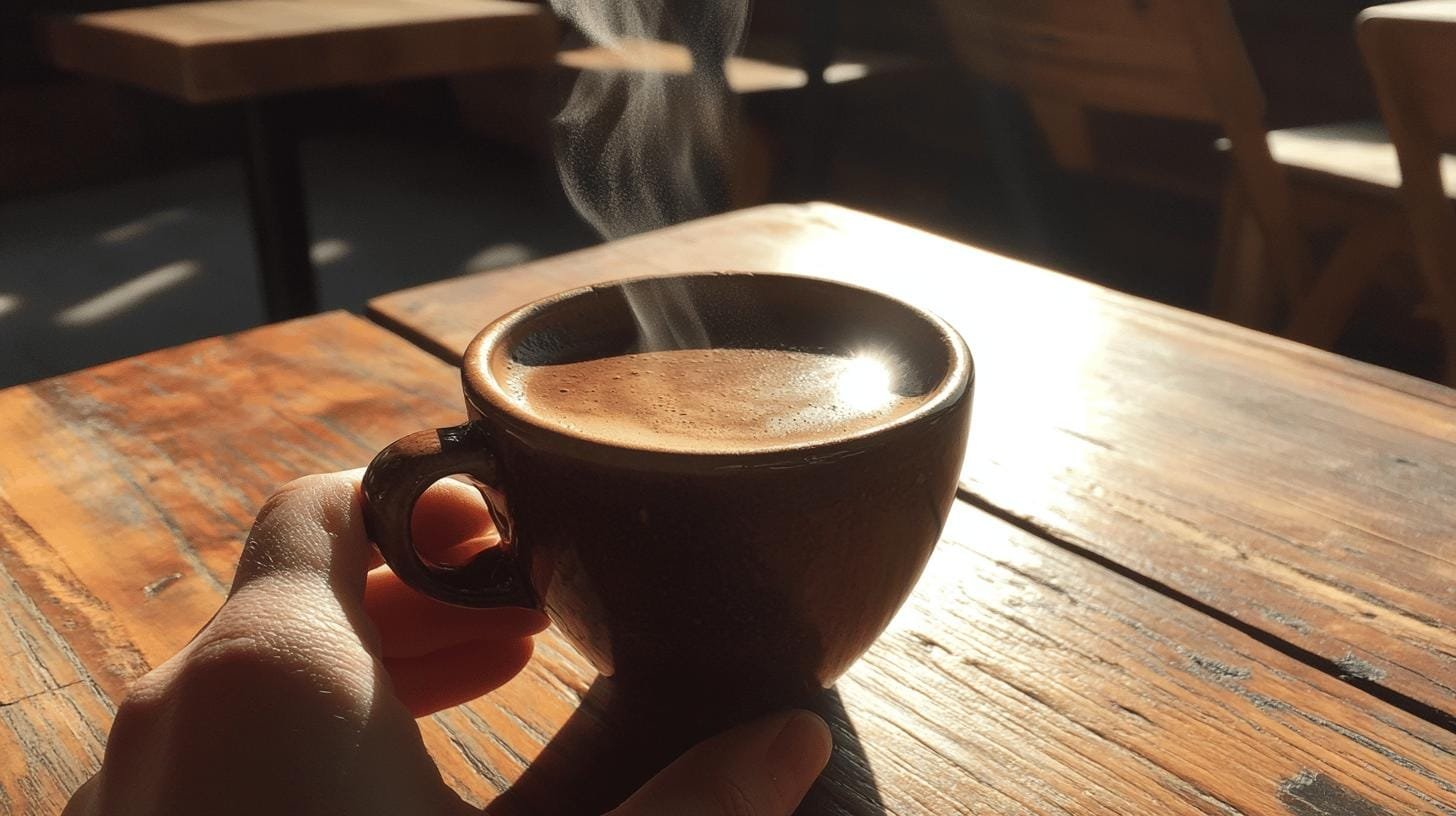Are coffee tasting notes an elite connoisseur’s jargon or an art anyone can master? This question might tingle the taste buds of coffee enthusiasts who yearn to deepen their understanding. Coffee tasting notes, detailing inherent flavors like orange or graham cracker, offer a glimpse into the rich and complex world of coffee profiles.
These notes do not describe additives but the natural flavors within the coffee bean itself. Understanding these notes not only enhances one’s appreciation but opens a pathway to discovering nuanced flavor profiles that make each cup unique. Let’s get into it.
Understanding Coffee Tasting Notes
Coffee tasting notes describe the natural flavors in coffee beans, like orange, blueberry, or graham cracker. These notes aren’t added. They’re identified during roasting and brewing, helping coffee lovers and experts understand coffee’s unique qualities.
- Fruity: Bright, tangy notes like citrus or berries.
- Nutty: Flavors similar to almonds or hazelnuts.
- Chocolatey: Sweet undertones like milk or dark chocolate.
- Floral: Fragrances like jasmine or chamomile.
- Earthy: Robust flavors often linked to soil or mushrooms.
Understanding these notes is key for enthusiasts and pros. It helps you appreciate coffee’s complexity, which varies with coffee bean origin, roasting, and brewing method.
Tasting notes can be subjective. They vary based on personal taste and experience. For roasters and baristas, mastering this language is crucial. It helps them communicate coffee qualities, aiding selection and enriching the coffee experience.
The Coffee Flavor Wheel: A Guide to Tasting Notes

The coffee flavor wheel is vital for identifying tasting notes. It offers a detailed chart of flavors, categorizing them into descriptors like plants, sweets, and spices. This tool helps calibrate taste buds, creating a shared language among coffee fans and pros.
Using the Coffee Flavor Wheel
The wheel helps identify and describe coffee’s diverse flavors. It breaks down complex flavors, guiding tasters to pinpoint notes in a cup. This structure aids both seasoned pros and newcomers in exploring aroma and taste layers. The wheel’s format narrows broad sensory experiences into specific descriptors, deepening understanding of each coffee’s profile.
Benefits of a Flavor Wheel
Using a coffee flavor wheel establishes a common language for coffee flavors. This shared vocabulary enhances communication among roasters, baristas, and customers, simplifying coffee descriptions. The wheel encourages tasters to explore and recognize flavors they might miss otherwise. It expands your palate, improves sensory skills, and enriches the coffee experience.
| Descriptor Category |
Example Flavors |
| Fruity |
Citrus, Berry, Apple |
| Floral |
Jasmine, Rose, Chamomile |
| Nutty |
Almond, Hazelnut, Walnut |
| Spicy |
Cinnamon, Clove, Pepper |
| Sweet |
Honey, Maple Syrup, Molasses |
Factors Influencing Coffee Tasting Notes
Different coffee bean varieties shape tasting notes. Each has unique traits affecting flavor, aroma, and acidity. Arabica beans often show bright, fruity, and floral notes. In contrast, Robusta beans have earthy, nutty, and woody flavors, influenced by higher caffeine and growing conditions.
Brewing methods deeply impact tasting notes. Espresso highlights bold flavors, while French press reveals subtler ones. These methods control which notes stand out in your cup.
Roasting alters a coffee’s flavor profile. Light roasts keep original bean flavors, like bright acidity and fruitiness. Medium roasts balance acidity and sweetness, offering chocolatey hints. Dark roasts bring bold flavors but may lose delicate notes. The origin of beans, like Ethiopian or Colombian, further affects their flavor.
Creating Your Own Coffee Tasting Notes

Creating personal coffee tasting notes helps you understand diverse flavors. These notes act as a record, letting you track and compare coffees.
- Prepare a Tasting Sheet: Organize your notes.
- Smell the Coffee: Identify the aroma.
- Taste the Coffee: Let it cover your palate.
- Identify Key Descriptors: Focus on three main flavors.
- Record Your Impressions: Write your findings while fresh.
Recording and refining notes requires practice. Using a tasting sheet helps. Notice immediate and lingering flavors. With practice, you develop a nuanced palate.
Choosing coffee based on tasting notes helps match your taste. Compare your notes with coffee packaging, or share with others to deepen your coffee understanding. This ensures a personalized coffee experience.
Exploring Regional Coffee Flavor Profiles
Regional coffee traits result from unique geographical and climatic conditions. Coffee lovers seek these distinct profiles, celebrated for their complexity. From Ethiopian floral notes to Brazilian nuttiness, each region offers something unique and rewarding.
- Ethiopian: Vibrant floral and fruity notes, tea-like.
- Colombian: Sweet caramel flavors, hints of apple or plum.
- Brazilian: Nutty, chocolatey undertones.
- Kenyan: Bright acidity, berry-like flavors.
- Sumatran: Earthy, herbal, low acidity.
- Guatemalan: Chocolatey, nutty, with a hint of spice.
Understanding these profiles enhances appreciation of specialty coffee. For instance, Ethiopian coffees often have complex floral notes. Colombian beans offer rich caramel and fruit flavors. Such insights help consumers choose based on preferences, connecting them more to their coffee.
Home-roasting can further enhance this experience. By experimenting with roast levels, you can highlight desired notes. This personalized approach celebrates coffee’s rich diversity, offering a more authentic experience.
Final Words
Embarking on the journey of understanding coffee tasting notes reveals a complex world of diverse flavors. These notes capture inherent, not artificial, flavors and are essential for both enthusiasts and professionals. Using tools like the coffee flavor wheel helps develop a shared vocabulary, while factors such as bean variety, brewing method, and origin influence these profiles.
Creating personal coffee tasting notes empowers an individual to refine their palate. Exploring regional coffee flavors offers unique experiences. By embracing descriptive coffee language, each sip becomes a richer, more informed adventure.
FAQs
How do you describe coffee tasting notes?
Coffee tasting notes are descriptive terms indicating the inherent flavors in coffee. These may include citrus, berry, or nutty characteristics, providing a sensory guide to the coffee’s flavor profile.
What are the 5 elements of coffee tasting?
In describing coffee, the elements include aroma, acidity, body, flavor, and finish. Each contributes to evaluating the coffee’s overall sensory experience.
How would you describe a good tasting coffee?
A good tasting coffee balances flavor, aroma, and body. It should have a pleasant acidity and richness, leaving a satisfying finish on the palate.
What are the most common coffee notes?
Common coffee notes feature flavors like chocolate, caramel, berry, citrus, and nutty undertones. These guide consumers in understanding the coffee’s flavor profile.













